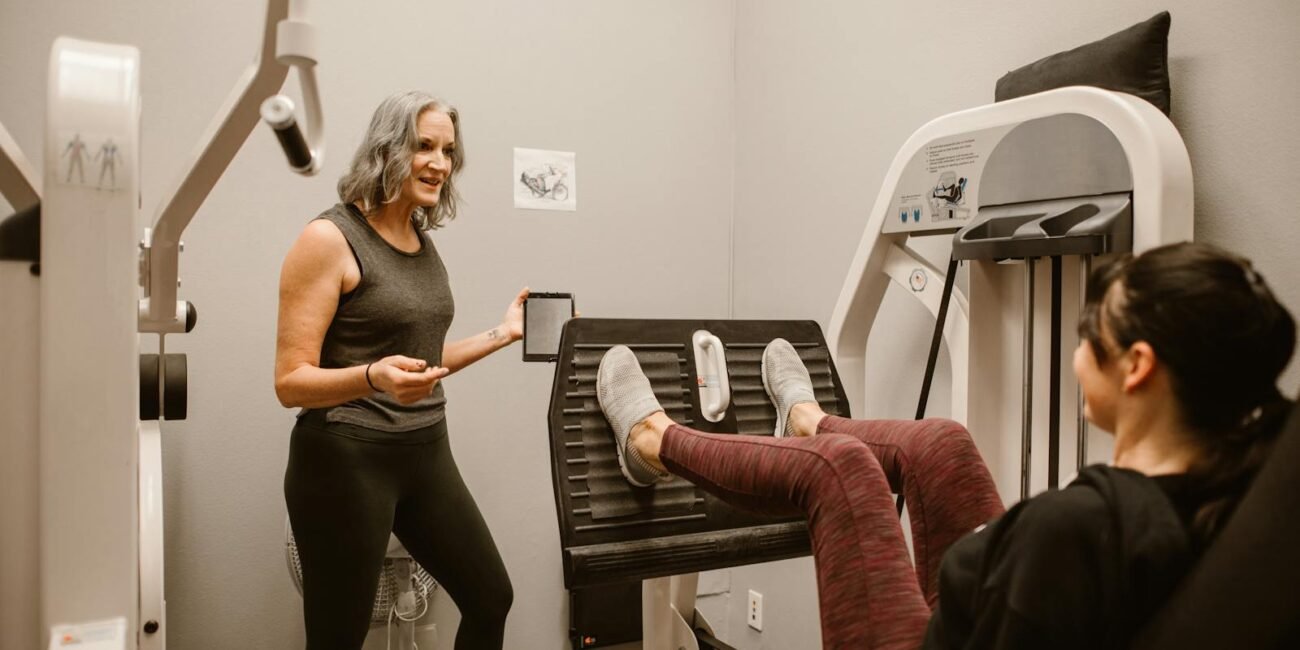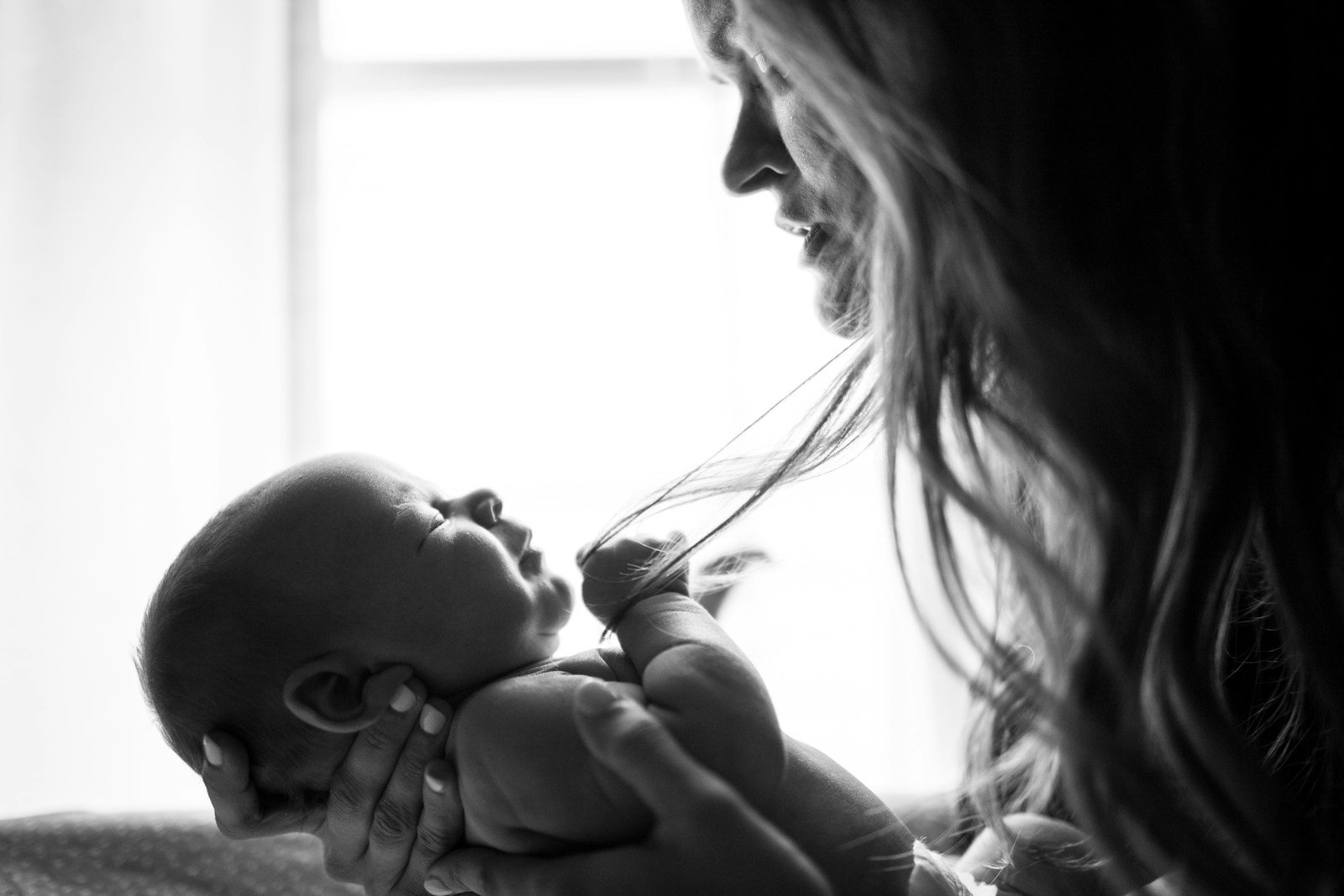From Baby Weight to Beach Body: A Guide to Postpartum Fitness
Postpartum fitness is an essential aspect of a woman’s journey after giving birth. It not only helps in recovering from the physical changes that occur during pregnancy and childbirth but also plays a crucial role in improving overall well-being. Postpartum fitness focuses on rebuilding strength, toning muscles, and promoting emotional well-being. In this article, we will explore the various aspects of postpartum fitness, including understanding the changes that occur in the body, the importance of proper nutrition, the benefits of exercise, finding the right exercise routine, incorporating cardiovascular exercise, building strength and muscle tone, practicing yoga and Pilates, the role of rest and recovery, managing stress and mental health, connecting with other postpartum women, and staying motivated.
Understanding Your Postpartum Body: A Guide to the Changes You Can Expect
After giving birth, a woman’s body goes through numerous physical changes. These changes include weight loss, abdominal muscle separation (diastasis recti), pelvic floor weakness, and changes in breast size and shape. It is important to understand these changes to effectively address them during postpartum fitness.
Hormonal changes also occur after childbirth. The levels of estrogen and progesterone drop significantly, which can lead to mood swings, fatigue, and even postpartum depression. These hormonal changes can impact a woman’s motivation and energy levels when it comes to engaging in postpartum fitness.
Emotionally, women may experience a range of feelings after giving birth. They may feel overwhelmed, anxious, or even disconnected from their bodies. These emotional changes can affect their ability to prioritize self-care and engage in postpartum fitness. It is important to acknowledge these emotions and seek support when needed.
The Importance of Proper Nutrition in Postpartum Recovery and Fitness
Proper nutrition is crucial for postpartum recovery and fitness. After giving birth, a woman’s body needs essential nutrients to heal and regain strength. It is important to focus on nutrient-dense foods that provide the necessary vitamins, minerals, and antioxidants.
Postpartum women should prioritize foods that support healing and provide energy. This includes lean proteins, whole grains, fruits, vegetables, and healthy fats. It is also important to stay hydrated by drinking plenty of water throughout the day.
Avoiding processed foods, sugary snacks, and excessive caffeine is recommended for optimal recovery and fitness. These foods can hinder the healing process and contribute to fatigue and mood swings.
Meal planning and preparation can be helpful for postpartum women. Planning meals in advance ensures that they have access to nutritious food throughout the day, even when time is limited. Preparing meals in bulk and freezing them can also be a time-saving strategy.
The Benefits of Exercise for Postpartum Women: Physical and Emotional
Exercise offers numerous benefits for postpartum women, both physically and emotionally. Physically, exercise helps in rebuilding strength, toning muscles, improving cardiovascular health, and promoting weight loss. It can also help in addressing specific postpartum issues such as diastasis recti and pelvic floor weakness.
Emotionally, exercise has been shown to reduce stress, improve mood, boost self-confidence, and increase energy levels. Engaging in regular physical activity releases endorphins, which are known as “feel-good” hormones. This can be particularly beneficial for postpartum women who may be experiencing hormonal changes and emotional challenges.
Exercise also provides an opportunity for self-care and time away from the demands of motherhood. It allows women to focus on themselves and their own well-being, which can have a positive impact on their mental health.
Finding the Right Exercise Routine for You: Low-Impact vs. High-Intensity Workouts
When it comes to postpartum fitness, it is important to choose an exercise routine that suits your fitness level and goals. Low-impact exercises are often recommended for postpartum women, especially in the early stages of recovery. These exercises are gentle on the joints and help in rebuilding strength without putting excessive strain on the body. Examples of low-impact exercises include walking, swimming, yoga, and Pilates.
High-intensity workouts can be incorporated into a postpartum fitness routine once the body has healed and regained strength. These workouts involve more intense movements and can help in increasing cardiovascular fitness and promoting weight loss. Examples of high-intensity workouts include running, HIIT (high-intensity interval training), and strength training with weights.
It is important to listen to your body and start slowly when incorporating exercise into your postpartum routine. Gradually increase the intensity and duration of your workouts as your body becomes stronger and more resilient.
How to Safely Incorporate Cardiovascular Exercise into Your Postpartum Fitness Plan
Cardiovascular exercise is an important component of postpartum fitness as it helps in improving cardiovascular health, increasing endurance, and promoting weight loss. However, it is important to approach cardiovascular exercise with caution and ensure that it is done safely.
Before starting any cardiovascular exercise, it is recommended to consult with a healthcare professional to ensure that you are ready for this level of activity. They can provide guidance on when it is safe to start and what intensity level is appropriate for you.
When incorporating cardiovascular exercise into your postpartum fitness plan, start with low-impact activities such as walking or swimming. Gradually increase the duration and intensity of your workouts as your body becomes stronger.
Monitoring your heart rate during cardiovascular exercise is important to ensure that you are working at an appropriate intensity level. A general guideline is to aim for a heart rate that is 60-80% of your maximum heart rate. This can be calculated by subtracting your age from 220.
Building Strength and Muscle Tone: Resistance Training for Postpartum Women
Resistance training is an essential component of postpartum fitness as it helps in building strength, toning muscles, and improving overall body composition. It can also help in addressing specific postpartum issues such as diastasis recti and pelvic floor weakness.
When incorporating resistance training into your postpartum fitness plan, it is important to start with light weights or bodyweight exercises. Focus on exercises that target major muscle groups such as squats, lunges, push-ups, and rows.
It is important to maintain proper form and technique during resistance training to avoid injury. If you are unsure about how to perform certain exercises, consider working with a qualified personal trainer who can provide guidance and ensure that you are using correct form.
Gradually increase the weight and intensity of your resistance training workouts as your body becomes stronger. Aim for 2-3 sessions per week, allowing for rest days in between to allow for muscle recovery.
Yoga and Pilates: Gentle and Effective Forms of Exercise for Postpartum Women
Yoga and Pilates are gentle yet effective forms of exercise that can be particularly beneficial for postpartum women. These practices focus on strength, flexibility, and mindfulness, which can help in rebuilding strength, improving posture, and reducing stress.
Yoga involves a series of poses that promote strength, flexibility, and balance. It also incorporates breathing techniques and mindfulness, which can be particularly helpful for managing stress and improving mental well-being.
Pilates focuses on core strength, stability, and alignment. It involves controlled movements that target the deep muscles of the abdomen, back, and pelvic floor. Pilates can help in addressing diastasis recti and pelvic floor weakness.
When practicing yoga or Pilates after giving birth, it is important to listen to your body and modify poses as needed. Avoid any movements or positions that cause discomfort or pain. Consider attending postpartum-specific classes or working with a qualified instructor who can provide guidance and support.
The Role of Rest and Recovery in Postpartum Fitness: Why It’s Important to Take It Slow
Rest and recovery play a crucial role in postpartum fitness. After giving birth, the body needs time to heal and regain strength. Pushing yourself too hard or too soon can hinder the recovery process and increase the risk of injury.
It is important to listen to your body and take it slow. Start with gentle exercises and gradually increase the intensity and duration as your body becomes stronger. Allow for rest days in between workouts to give your muscles time to recover.
Incorporating restorative practices such as stretching, foam rolling, and relaxation techniques can also be beneficial for postpartum women. These practices help in reducing muscle tension, improving flexibility, and promoting relaxation.
If you are experiencing pain or discomfort during exercise, it is important to seek guidance from a healthcare professional. They can assess your condition and provide recommendations on how to modify your exercise routine to ensure that you are not overexerting yourself.
Managing Stress and Mental Health: How Exercise Can Help Postpartum Women
Exercise plays a significant role in managing stress and improving mental health for postpartum women. Engaging in physical activity releases endorphins, which are known as “feel-good” hormones. These endorphins help in reducing stress, improving mood, and boosting overall well-being.
Regular exercise can also provide a sense of accomplishment and empowerment, which can be particularly beneficial for postpartum women who may be experiencing feelings of overwhelm or self-doubt.
Incorporating mindfulness into your exercise routine can further enhance its benefits for mental health. Mindfulness involves being fully present in the moment and paying attention to your thoughts, feelings, and sensations without judgment. This can help in reducing stress and promoting a sense of calm and clarity.
It is important to prioritize self-care as a postpartum woman. This includes making time for exercise, but also engaging in activities that bring you joy and relaxation. Taking care of your mental health is just as important as taking care of your physical health.
Connecting with Other Postpartum Women: The Benefits of Group Fitness Classes and Support Networks
Connecting with other postpartum women can be incredibly beneficial for your postpartum fitness journey. Group fitness classes provide an opportunity to meet other women who are going through similar experiences and share support and encouragement.
Group fitness classes also offer a sense of community and accountability. Exercising with others can help in staying motivated and committed to your fitness goals. It can also provide a safe space to ask questions, share challenges, and celebrate achievements.
To find a supportive fitness community, consider joining local postpartum fitness classes or online communities. Look for classes or groups that are specifically designed for postpartum women, as they will have instructors who are knowledgeable about the unique needs and challenges of this stage of life.
Building relationships with other postpartum women can also extend beyond the exercise class. Consider organizing playdates or coffee dates with other moms to further strengthen your support network.
Staying Motivated: Tips and Tricks for Maintaining Your Postpartum Fitness Journey
Staying motivated is key to maintaining your postpartum fitness journey. Here are some tips and tricks to help you stay on track:
1. Set realistic goals: Set achievable goals that are specific, measurable, attainable, relevant, and time-bound (SMART). This will help you stay focused and motivated.
2. Find activities you enjoy: Choose exercises that you enjoy doing. If you don’t enjoy running, try swimming or dancing instead. When you enjoy the activity, it becomes easier to stay motivated.
3. Mix it up: Keep your workouts interesting by trying different exercises and activities. This will prevent boredom and keep you engaged.
4. Track your progress: Keep a record of your workouts, measurements, and achievements. Seeing your progress can be incredibly motivating and help you stay committed to your fitness journey.
5. Find an accountability partner: Partner up with a friend or family member who shares similar fitness goals. Hold each other accountable and provide support and encouragement along the way.
6. Celebrate milestones: Celebrate your progress and achievements, no matter how small. Treat yourself to something special or reward yourself with a non-food-related incentive.
7. Be flexible: Life as a new mom can be unpredictable. Be flexible with your exercise routine and make adjustments as needed. Remember that any amount of physical activity is better than none.
Postpartum fitness is an important aspect of a woman’s journey after giving birth. It helps in recovering from the physical changes that occur during pregnancy and childbirth, promotes emotional well-being, and improves overall health and fitness. Understanding the changes that occur in the body, prioritizing proper nutrition, incorporating exercise into your routine, finding the right exercise routine for you, practicing mindfulness, connecting with other postpartum women, and staying motivated are all key components of a successful postpartum fitness journey. Remember to prioritize self-care and listen to your body throughout the process. With dedication, patience, and support, you can achieve your postpartum fitness goals and enjoy a healthy and fulfilling life as a new mom.
































